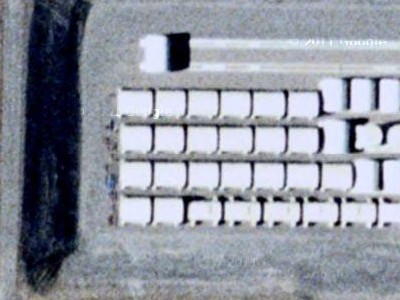Cher Ami
This is a trip through Wikipedia I took recently. Earlier in the week I was in Wilmington for a Peace Corps reunion and as we were driving by the airport, one of my friends asked me to look up the symbol for the Wilmington airport, which it turns out is ILM. He was wondering where that came from. The article didn't say (I suspect WIL was already taken, so they took the ILM from Wilmington), but had some other neat facts like the airport is a backup emergency landing strip for the space shuttle if something happened during launch. Originally the space shuttle needed 10,000 feet to land, but they improved the brakes and only needed 7,500 feet, which allowed ILM to become a backup.
The article said that at one time the airport had been named Blumenthal Field for Arthur Blementhal. His article said he was an All American football player from Princeton and the first person from North Carolina to die in World War I when the plane he was flying for the French was shot down by German planes. For this he received his second Croix de Guerre. So I looked that up and it turns out the "War Cross" is a medal given to foreigners who distinguish themselves fighting for the French. A list of notable recipients of the Croix de Guerre included Cher Ami, a British homing pigeon in World War I used by American troops. So I had to click on that and read the story of the Lost Battalion in World War I, about five hundred men who had been cut off from their lines during the battle of Verdun and were being attacked by both the Germans and the allies and had no way of calling for help except by sending messages by homing pigeon. They released two pigeons who were picked off by the Germans, but the third, nicknamed Cher Ami, made it through despite also being shot, and eventually the Lost Battalion was saved (or about half of them, the rest were captured or killed). Once I read that article, I think I remember reading a story about Cher Ami in grade school.

